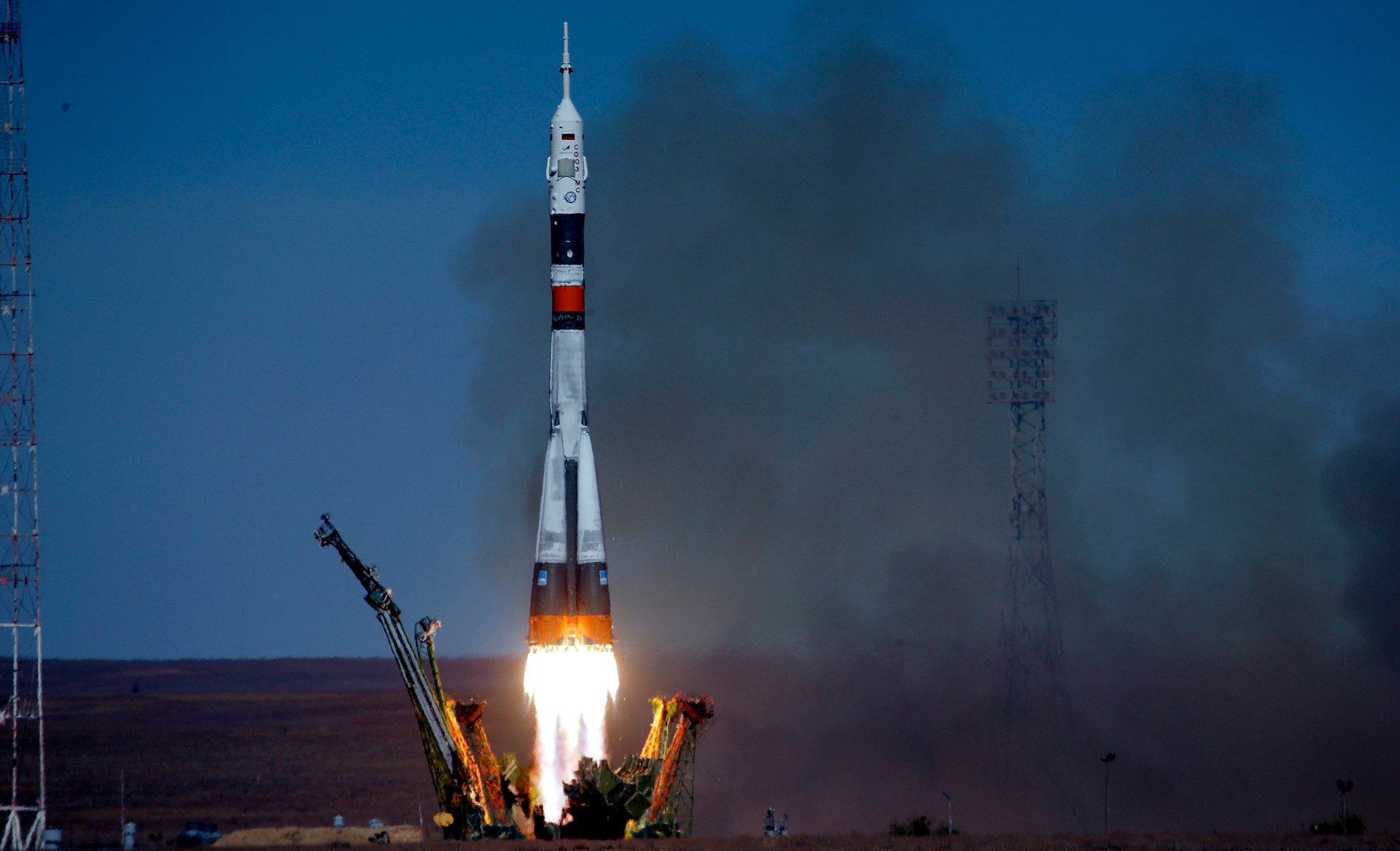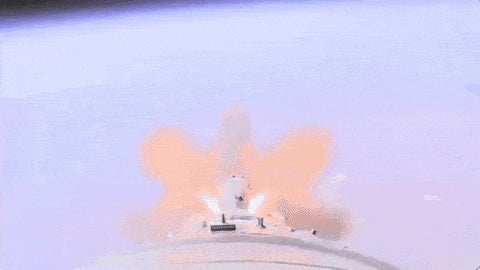Watch the rocket accident that put two astronauts at risk
On Oct. 11, an astronaut and a cosmonaut on a mission to the International Space Station had a wild ride when their Soyuz rocket failed.


On Oct. 11, an astronaut and a cosmonaut on a mission to the International Space Station had a wild ride when their Soyuz rocket failed.
The Russian Space Agency has released new video showing what happened: One of four detachable boosters carrying the rocket into space crashed back into the vehicle after it separated from the core section.

The rocket managed, amazingly, to get back on course while moving many times the speed of sound. The loss of velocity following the collision would likely have kept the rocket from getting into space, and the accident triggered emergency systems that jettisoned the space capsule containing the astronauts to safety.
The Russian investigation into the incident determined that sensor on the rocket had been bent while it was assembled ahead of launch. Because of the malfunctioning sensor, the separation occurred abnormally.
Russian officials said that the cap on an oxidizer tank failed to open, but did not respond to further questions about how that caused the accident, or what the agency will be doing differently ahead of the next crewed launch, scheduled for Dec. 3.
A Canadian astronaut, David Saint-Jaques, who is expected to be on the next mission, wasn’t fazed by the video. He praised the Soyuz as a “robust system!”
NASA would not comment on the failure. The US space agency has its own team assessing the rocket, and expects to conduct a flight readiness review ahead of that December launch that may result in more information being shared with the public.
The Soyuz has already flown again since the incident, launching a satellite on a slightly different configuration of the rocket on Oct. 25. The Soyuz will fly twice more before the crewed Dec. 3 launch. That return to flight is quite fast compared to recent US launch failures; the loss of an uncrewed Falcon 9 in 2015 kept that rocket on the ground for six months.
Space engineers note that the Soyuz has far more heritage than the Falcon 9, or indeed any other rocket flying today: The original Soyuz design became operational as an intercontinental ballistic missile in 1959, and the current design for crew has flown successfully 64 times since 2000. The engineers behind this vehicle have detailed records of its performance, which allowed them to quickly isolate what went wrong.